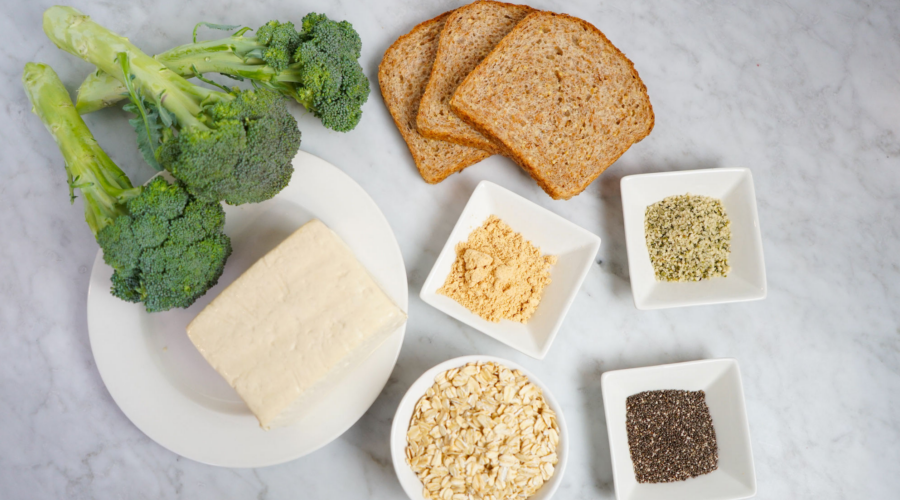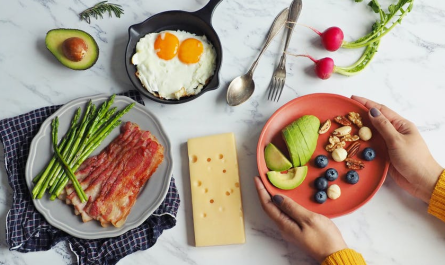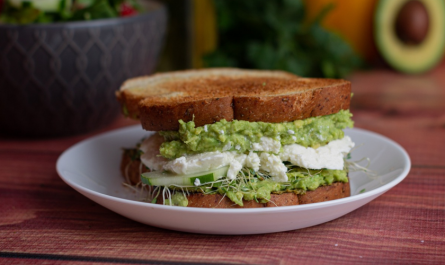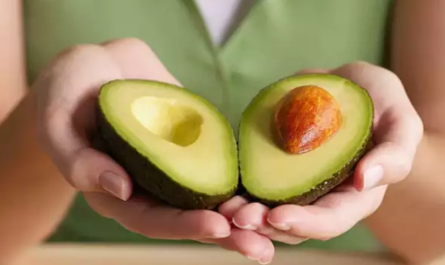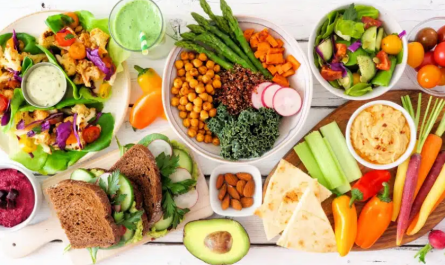Are you trying to cut off meat and increase your intake of plant-based proteins? You have company! For many reasons, including improved health, less environmental effect, and the endless possibilities presented by plant-based components, more and more individuals are looking at plant-based protein sources. You can easily incorporate these nutrient-dense protein sources into any dish, as they range from grains to legumes. Listed here are some of the best plant-based protein options, along with suggestions for including them in your diet.
1. Lentils
Lentils are a fantastic source of protein, fibre, and iron. A single cup of cooked lentils packs around 18 grammes of protein, making it a great addition to any meal.
- How to Use Them: Add lentils to salads, soups, and stews for a protein boost. You can also blend cooked lentils to make veggie patties or a hearty bolognese sauce.
2. Chickpeas
Chickpeas, also known as garbanzo beans, are another excellent source of protein, with about 15 grammes per cooked cup. They’re rich in fibre and essential minerals like magnesium and potassium.
- How to Use Them: Use chickpeas in salads, curries, and stews. Roasted chickpeas make a crunchy snack, and blended chickpeas form the base of hummus. You can even use chickpea flour for baking or as a gluten-free substitute.
3. Quinoa
Quinoa is a complete protein, meaning it contains all nine essential amino acids. This versatile grain provides about 8 grammes of protein per cooked cup.
- How to Use It: Swap rice with quinoa in bowls, salads, and stir-fries. It also makes an excellent base for breakfast bowls with fruits, nuts, and seeds.
4. Tofu
Tofu, made from soybeans, is a powerhouse of plant-based protein with around 10 grammes per 3.5-ounce serving. It’s also rich in calcium and iron, and its neutral flavour makes it highly versatile.
- How to Use It: Add tofu to stir-fries, curries, or salads. Marinate and bake tofu for a savoury dish, or blend silken tofu into smoothies and desserts for a creamy texture.
5. Tempeh
Tempeh, also made from fermented soybeans, has a firmer texture and offers a higher protein content than tofu, with about 21 grammes per 3.5 ounces.
- How to Use It: Tempeh is ideal for grilling, stir-frying, or crumbling into pasta dishes. Marinate tempeh for added flavour, or use it as a substitute for ground meat in tacos or chilli.
6. Hemp Seeds
Hemp seeds are a complete protein, providing about 10 grammes per 3-tablespoon serving. They’re also high in omega-3 fatty acids, which support heart and brain health.
- How to Use Them: Sprinkle hemp seeds on top of salads, smoothies, and oatmeal, or blend them into dressings and sauces. Their mild, nutty flavour pairs well with both savoury and sweet dishes.
7. Chia Seeds
Chia seeds offer around 4 grammes of protein per 2 tablespoons and are rich in fibre, omega-3s, and antioxidants.
- How to Use Them: Mix chia seeds with liquid to create a gel for chia pudding, add them to smoothies, or sprinkle them on cereal and yoghurt.
8. Nuts and Nut Butters
Almonds, peanuts, cashews, and their respective nuts are convenient sources of protein and healthy fats. A handful of almonds contains about 6 grammes of protein.
- How to Use Them: Add nuts to salads, oatmeal, and baked goods. Nut butters can be spread on toast, blended into smoothies, or used in sauces and dressings.
9. Spirulina
Spirulina is a blue-green algae that contains about 8 grammes of protein per 2 tablespoons. It’s also packed with vitamins and minerals, making it a superfood in small amounts.
- How to Use It: Add spirulina powder to smoothies, juices, or energy bars for a nutritional boost. Due to its strong taste, it’s best used in small quantities.
10. Edamame
Edamame, or young soybeans, provides about 17 grammes of protein per cup. It’s a tasty snack and a nutritious addition to various dishes.
- How to Use It: Enjoy edamame as a snack on its own or add it to stir-fries, salads, and grain bowls for extra protein and fibre.
11. Seitan
Seitan, made from wheat gluten, is a protein-rich meat alternative with about 25 grammes per 3.5 ounces. Its chewy texture makes it ideal for replacing meat in recipes.
- How to Use It: Use seitan in stir-fries, sandwiches, or tacos. It absorbs flavours well, so marinating before cooking is recommended.
Conclusion
Incorporating plant-based protein into your meals doesn’t have to be challenging. With options like lentils, chickpeas, tofu, and quinoa, you can create delicious and protein-packed dishes that support your health and align with a plant-based lifestyle. Start with one or two new sources, experiment with recipes, and enjoy the variety of flavours and textures these ingredients offer.

